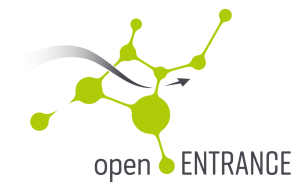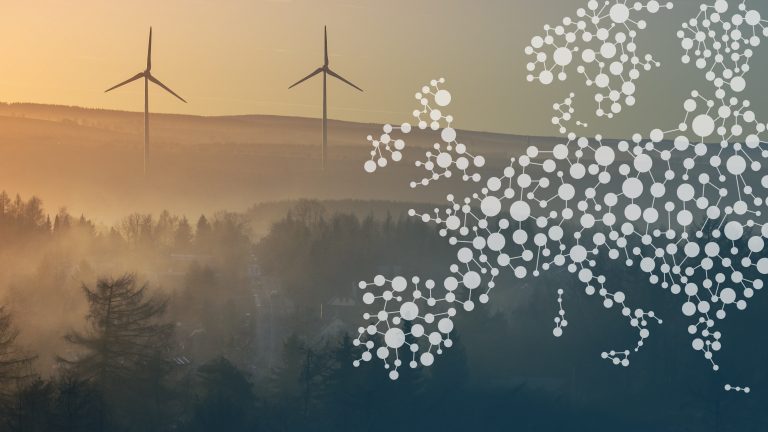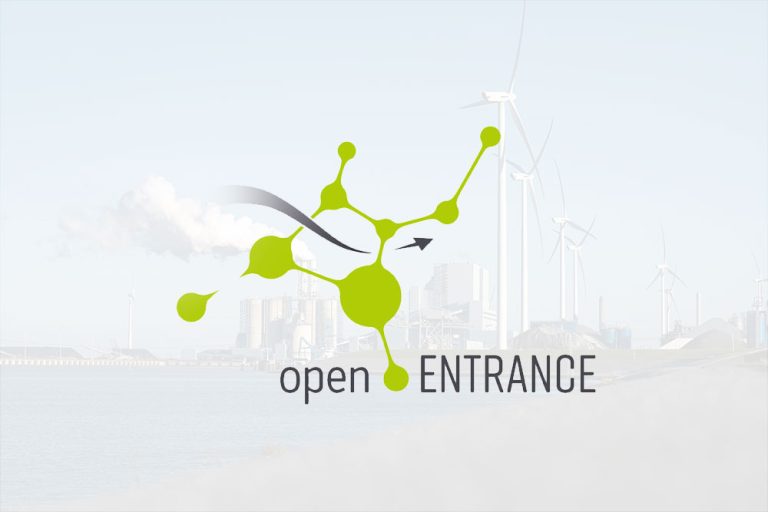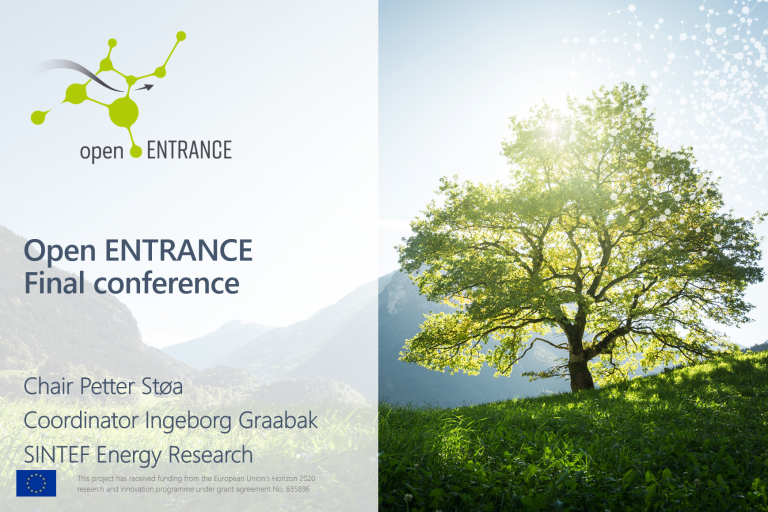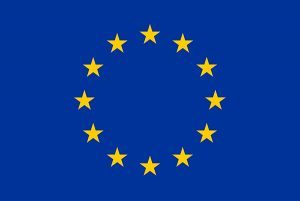The EU has ambition to reduce greenhouse gas emissions to the point of becoming climate neutral by 2050. Preventing the negative and irreversible effects of climate change is challenging and could be implemented in many ways. It will require technological, behavioural, and organisational changes in the economy and society and numerous decisions are needed to guide the transformation. Understanding the connection between decision and impact will be imperative in this process. The ambition of Open ENTRANCE is to provide new knowledge and methodologies that lead to informed science-based input to those decisions.
The H2020 project Open ENTRANCE (open ENergy TRansition ANalyses for a low-Carbon Economy) (2019-2023) aimed to develop, use and disseminate an open, transparent, and integrated modelling platform for assessing low-carbon transition scenarios in Europe. The modelling platform can be used to shed light on the implications and economic costs associated to the different energy scenarios that Europe could take towards its climate goals. With this scientific basis, Open ENTRANCE aims at helping social, economic, and political actors to make informed decisions.
This Open Platform is a lasting key result in Open ENTRANCE and:
- Supports stakeholders to identify the most cost-efficient alternatives to transition towards a ‘low carbon’ energy system in Europe by carrying out scientific calculations and assessments.
- Can be used to explore impacts of significant changes in framework conditions for the European energy system, e.g., cessation of import of Russian gas.
- Enables analyses of macro-economic consequences of the energy transition.
- Allows consistent analyses across different topics or spatial resolutions by linking different models for analysis of the transition, e.g., energy system models and macro-economic models as well as pan-European models and national and local models.
- Is openly available to use by any interested user, targeting mainly researchers and modellers.
- Provides open data per Member State relevant for energy transition modelling analyses, e.g., energy, economic and human behavioural data.
Since the start of the Open ENTRANCE project in 2019, both the global and the local European situation have changed significantly. The United Kingdom leaving the European Union, the energy crisis, the Russian war on Ukraine and the increased polarisation on the global arena have changed the possible futures of Europe. The methodology developed in Open ENTRANCE is generic and can easily be adapted to these known changes as well as future changes. For example, the Open ENTRANCE scenarios can be updated based on revised data and re-run with the suite of models that are available in The Open Platform. The functionality in the platform allows new scenarios to be compared to scenarios that are already included in the platform or to replace existing scenarios that are outdated because of old input data or important functionality improvements in the Open ENTRANCE modelling suite.
The structure of this report is as follows: Section 2.1 describes The Open Platform, and Section 2.2 defines and describes consistent scenarios for the transition of the European energy system with the aim of limiting the global temperature increase to 1.5 degrees. 4 macro-economic studies can be used to assess the regional economic impacts of the transition as demonstrated in Section 2.3, and drivers and barriers to the energy transition are discussed in section 2.4. The main findings from the case studies are discussed in Section 2.5, and application of the full chain of models from high level energy models to neighbourhoods are exemplified in 2.6. Section 3 and 4 summarises the policy recommendations and proposed future work respectively.
The deliverables that are referred in the document are listed in Appendix 1 and can also be downloaded from the Open ENTRANCE Zenodo repository.
